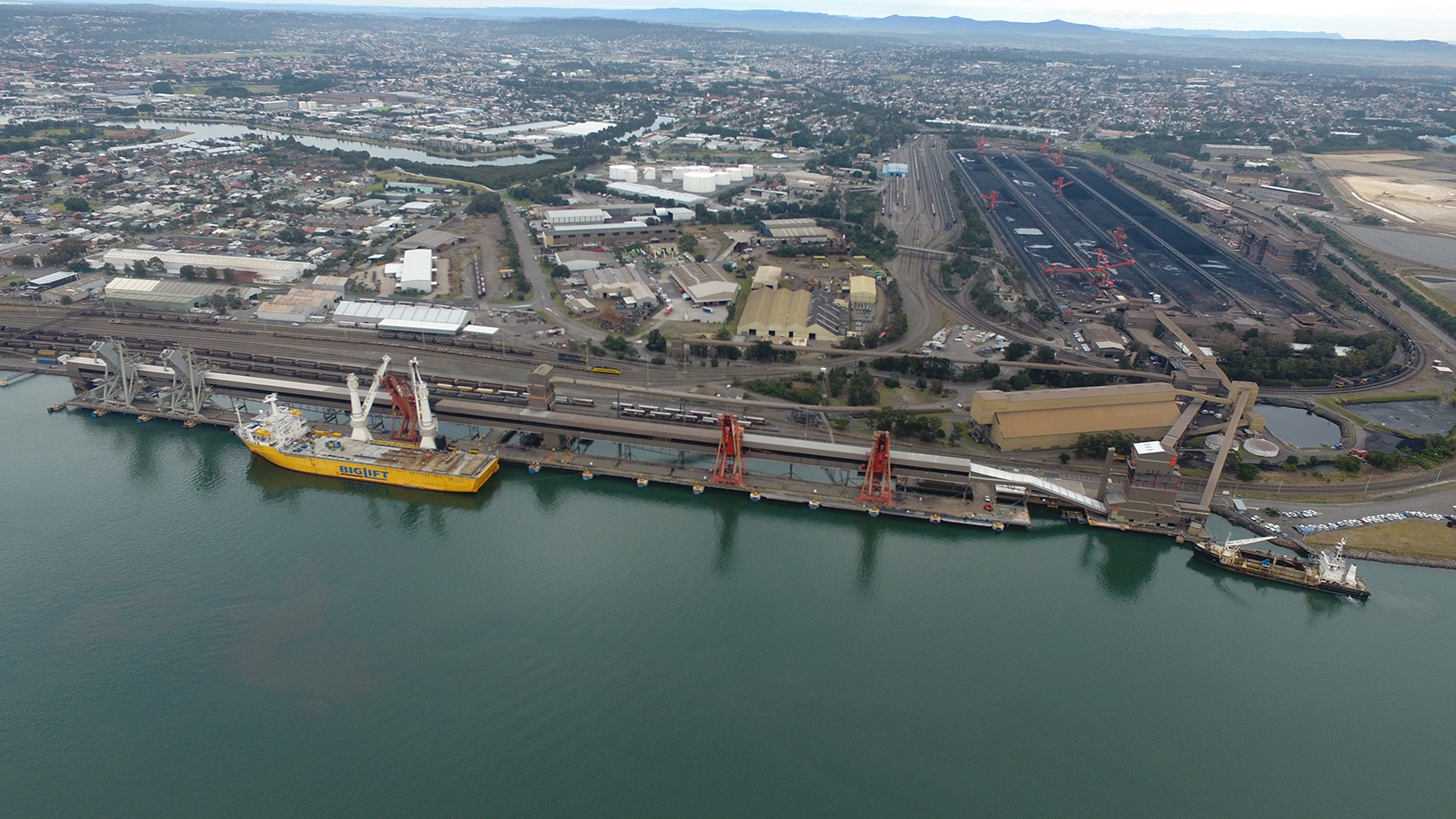Page
Statement on Rail Corridor Community Study
The NSW Minerals Council understands that air quality is an important issue in the Hunter.
Most miners and their families live in the communities near where they work. In the Hunter, mining is very much a community-based industry. Community concerns are our concerns too.
Additional research on this issue is always welcome. However the latest report released by the Coal Terminal Action Group is extremely limited, covering only three days and a relatively small number of trains, making reliable comparisons difficult.
Notwithstanding concerns about the reliability of this report, we will examine it closely to see if it adds to the available scientific knowledge on air quality in the Hunter. We also fully support a review of the report by the relevant regulators and government authorities.
It’s important that those involved in preparing this report don’t attempt to mislead the community by misrepresenting or overstating the report’s findings.
There is no evidence in the report to suggest that the national health standards have been exceeded during the study.
The report findings indicate that passing trains on the Hunter rail corridor generate dust, and that the longer the train the longer the period that dust may be generated. The report also finds that loaded coal wagons appear to generate less dust than unloaded wagons.
This has already been established by previous science-based research.
The report doesn’t identify or quantify where the dust has come from, and fails to provide any evidence that covering wagons would have any significant effect on mitigating particulate levels.
The report also fails to mention of the fact that there are twice as many freight and passenger trains using the Hunter rail link as coal trains.
Previous more extensive and credible research has found that coal dust makes up a small proportion of particles in Newcastle. Long term monitoring by ANSTO at Mayfield, near Newcastle, shows that coal, soil and other industries account for less than 14% of all of the smaller PM2.5 particles in the air, while automobiles (27%), smoke (20%) and sea salt spray (16%) contribute significantly more to air pollution.
Australia has amongst the strictest air quality standards in the world and monitoring around Newcastle, including 400m from the main rail line, has shown that air quality standards have been met in 9 of the last 10 years, with the exceedence in 2009 being when dust storms affected air quality across the state.
Previous studies by the Coal Terminal Action Group have been proven unreliable. Expert air quality scientist Dr Nigel Holmes of NH2 Dispersion found that the methodology and processes used as part of the groups previous study, Coal Dust in Our Suburbs, didn’t support the report’s conclusions which were misleading.
Dr Holmes was interviewed by ABC’s Catalyst regarding air quality issues in the region, but was informed that his interview would not be used.
Contact: Brad Emery
0450 620 254

